Using SEO-best practices when creating content for your website is an inexpensive way to raise awareness of your practice — the first step in bringing in new revenue-generating patients. And although what you’ll read here won’t make you an SEO specialist, it’ll provide an understanding of what SEO is and how to apply its principles to market your practice.
What is SEO?
Search engine optimization is the process of increasing a website’s ranking on search result listings generated by engines like Google, Yahoo and Bing. Since web users are increasingly less likely to click on the links further down the list, the goal is to be at or near the top of the first page.For instance, a family physician located in Baltimore would want to appear high on the list of results when people search for terms like “family doctor Baltimore” or “Baltimore family physician.”
Now, let’s take a look at the primary factors affecting your website’s ranking:
- Content – the actual words or text on your site
- HTML – the programming language used to build the site
- Architecture – refers to structure, while considering the way users interact with your site and the content search engines use to crawl your pages
- Back-links – when reputable outside websites link back to your site
SEO Best Practices
Sprinkle key terms throughout content – The term(s) you want to appear for, such as “Baltimore family doctor”, should be used occasionally in the text on your website. Using a keyword once per 100 words is a safe rule to follow.Substantial keyword research – It’s important to find out what terms potential patients are actually looking for before creating your content. By using the Google Adwords Keyword Tool, you can determine people’s search habits for a given keyword, including volume and geographic area.
Hyper-localize search terms – If you’re located in a large metropolitan area like New York City, there will be more competition for the top ranking spots. Therefore, it’s easier to rank well in community-centric searches, like “pediatrician Queens” or “Harlem cardiologist.”
Maintain a blog – Blogs are easy ways to keep creating content that will help your site appear for varied search terms. This way, you aren’t limited to the keywords on the standard pages of your website.
Start with some professional help – SEO specialists are professionals who focus solely on optimizing websites. It’s a good idea to hire a consultant to look at your site and tell you what areas need improvement. If the fixes are basic, you can take it from there.
SEO Worst Practices
Keyword stuffing – While the goal is to show up for certain keywords, using the word excessively within your text will actually get you penalized by Google and placed further down in search rankings.Invisible Text – If discovered, this tactic will get your search ranking lowered. It involves placing keywords onto the page that viewers can’t see in an attempt to boost search ranking without providing valuable content. A common ploy is placing white text over a white background.
Getting too Flash-y – Building your website with applications like Flash, AJAX and JavaScript may make your site look a bit nicer but slows down loading times. For Google, a slow loading time will negatively affect your site’s search rankings.
Subpar content – Although it’s important to optimize your site, don’t let it get in the way of creating quality content. After all, if potential patients come across your site just to discover useless information, it’s highly unlikely they’ll come to you for care.

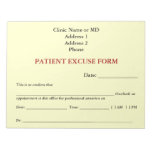

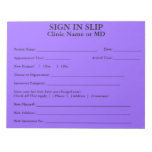
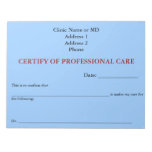



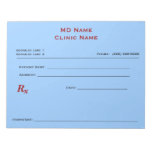




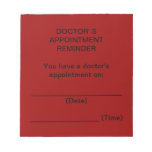
No comments:
Post a Comment